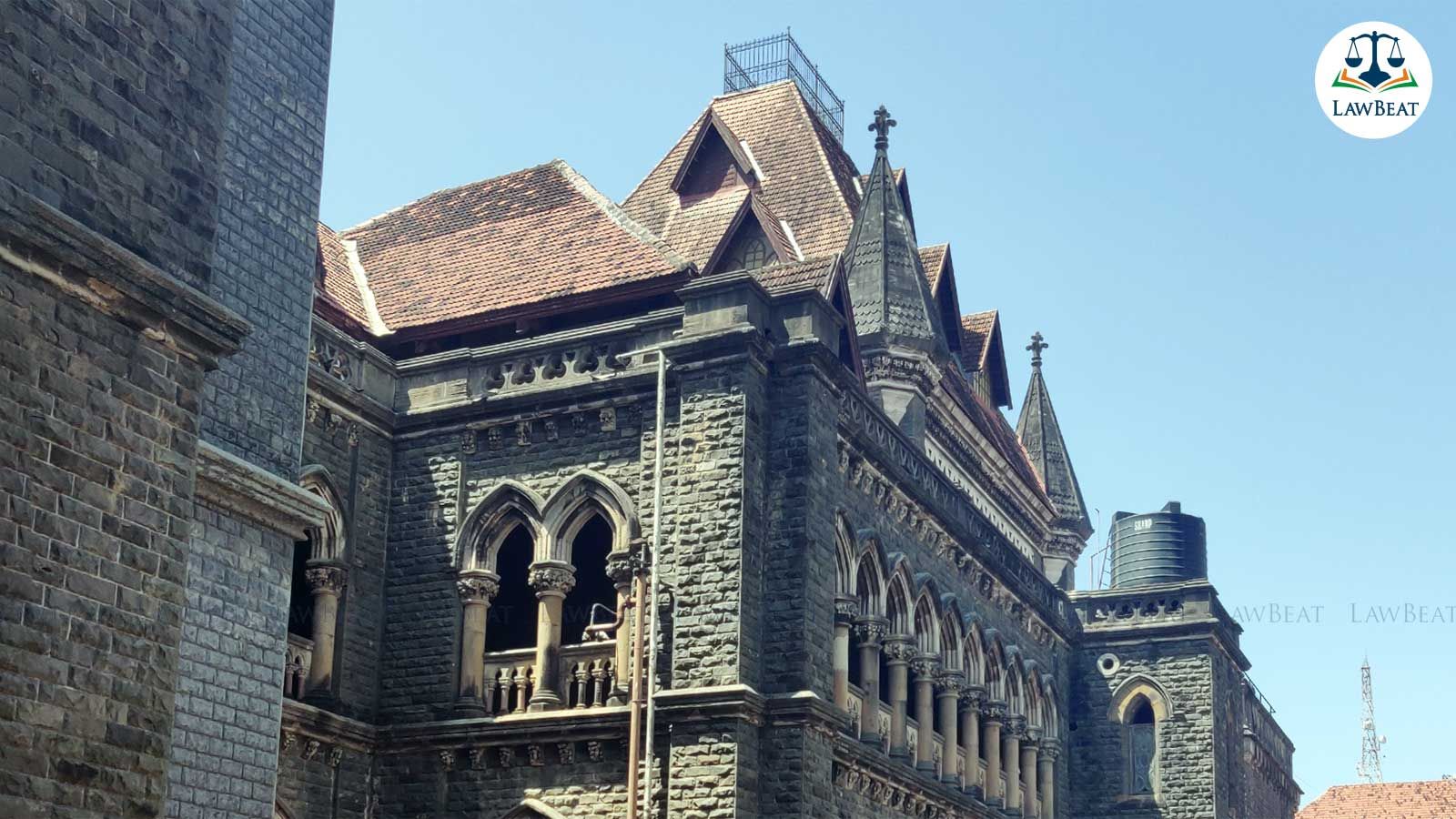Physical Production Cumbersome: Bombay High Court Asks Govt To Produce Undertrial Prisoners Through VC

The high court was hearing a bail application from Tribhuvansing Raghunath Yadav, represented by Advocate Vinod Kashid. The applicant claimed that his bail application had been adjourned 23 times by the trial court because he was not produced before the court either physically or virtually
The Bombay High Court recently stated that undertrial prisoners should be produced before the court through video conferencing, as their physical production involves a cumbersome procedure that consumes time, resources, and money.
“At various stages it may not be necessary to produce the accused, as production of the accused physically in Court is a cumbersome procedure, which consumes time, money and resources. In absence of availability of suffcient number of staff to carry the prisoners to the Court to be represented for various stages, the number necessarily has to be minimised for several reasons like security, non-availablity of adequate staff, distance to be covered in traveling as well as adhering to the norms prescribed by the Jail Manual, when the prisoners are to be removed from the Jail for the purposes of production before the Court,” the court said.
The single-judge bench of the high court presided over by Justice Bharathi Dangre, heard a bail application from Tribhuvansing Raghunath Yadav, represented by Advocate Vinod Kashid. The applicant claimed that his bail application had been adjourned 23 times by the trial court because he was not produced before the court either physically or virtually.
The high court appointed Advocate Satyavrat Joshi as amicus and instructed him to submit a report after visiting Arthur Road Jail and Taloja Jail along with Assistant Public Prosecutor Y M Nakhwa.
The report highlighted that 250 prisoners are presented daily, either through Video Conferencing (VC) or physically. The jail has 16 units of VC facilities, some used for connecting prisoners with relatives and others for court proceedings.
Regarding Taloja Jail, the report indicated that approximately 50 to 60 prisoners are presented daily, either through VC or physically. Inmates expressed concerns to the team that the courts are not insisting on production through VC.
The amicus informed the bench that after interacting with the prisoners, they expressed serious grievances about not being produced either through the VC facility or in person on several dates, causing unrest among the prisoners.
The bench, in its order, stated that in the absence of a sufficient number of staff to transport prisoners to court for various stages, the number must necessarily be minimized for several reasons, such as security concerns, non-availability of adequate staff, distance to be covered in travel, as well as adhering to the norms prescribed by the Jail Manual when prisoners are to be removed from the jail for producing before the court.
The bench stated that it will hear the case on December 4th but directed that every court entrusted with a trial requiring the production of any accused at any stage shall ensure that a date is allotted and intimated to the prison authorities through the Pairavi Officer/Police Station In-charge since the officer acts as a coordinator between the prison and the court, ensuring that every undertrial prisoner is produced before the court either through video conferencing or physical mode
Case title: Tribhuvansing Raghunath Yadav vs State of Maharashtra
